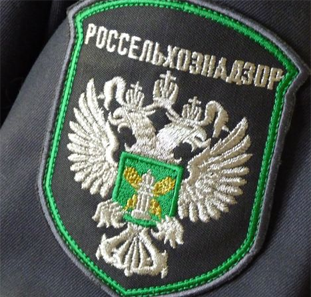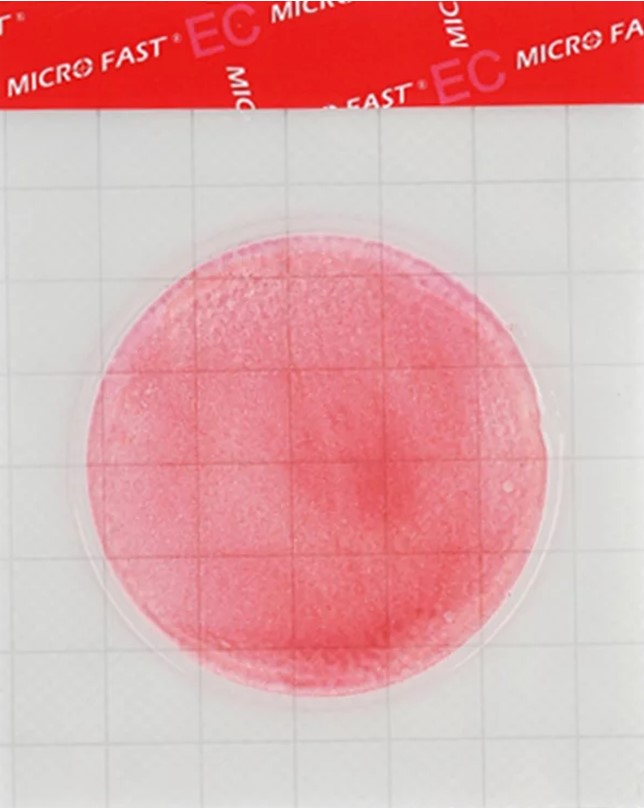Poultry production in the first half of the year decreased by 2.4%

In the first half of the year, all farms produced 3.2 million tons of poultry for slaughter (hereinafter - in live weight). This is 2.4% less than a year earlier, Rosstat reported. Including in agricultural organizations, poultry production also decreased by 2.4% to 3 million tons. In general, the production of livestock and poultry in January-June decreased by 0.4% to 7.1 million tons, including in agricultural organizations - by 0 .2% to 5.9 million tons. At the same time, the production of cattle for slaughter increased by 1.5% to 1.1 million tons, pigs - by 1.2% to 2.6 million tons.
According to industry experts, the figures presented by Rosstat are quite expected. So, the general DIRECTOR of the National Union of Poultry Breeders Sergey Lakhtyukhov said that the decrease in poultry production for six months really amounted to 2.4%, but given that last year there were 29 days in February, the drop is about 2%. “If we take into account the decrease in production in January 2021 compared to January last year by 6.4% and our forecasts that production will recover month by month in May, then our expectations were fully justified,” he said. “The growth of industrial production of poultry MEAT in May against May amounted to 0.15%, and June to June - about 2%.” If this trend continues, by the end of the third quarter, year-on-year, RUSSIA could reach last year's figures, Lahtyukhov added.
Albert Davleev, President of Agrifood Strategies, said that "a rather interesting picture" is now observed in the production of poultry meat. “We see that since the end of last year, we have had a reduction in poultry plantings, there was a culling of individual flocks, both parental and commercial. There were outbreaks of low pathogenic avian influenza at some enterprises. This led to a reduction in output," Davleev recalled. “After that, the ROSSELKHOZNADZOR limited the supply of hatching eggs, which reduced the base for maintaining production at least at the level of last year.”
Later, the situation with hatching eggs began to stabilize, and the recovery of both parent and commercial broiler flocks began, the expert said. He added that, despite this, the drop was quite significant: in the first quarter of 2021, it was almost 6.5%, now reduced to 2.4%. According to Davleev, this was primarily due to an increase in the output of turkey meat, an increase by almost half in the launch of the capacities of Tambovskaya Turkey, the launch of the Ural agro-industrial complex at full capacity, the restart of the former assets of Eurodon - Indyushkin Dvor and New Duck farms." “According to the plan, this year the enterprise should produce about 45 thousand tons of products in carcass weight, this is a very significant figure. Plus, an increase in capacity by almost 50% at the Tambov Turkey and other companies,” he explained.
According to Davleev, if difficulties with highly pathogenic avian influenza can be avoided, there is every chance this year to reach at least the level of poultry meat production last year - a little more than 5-5.1 million tons in carcass weight. “So far, the existing harvest forecasts suggest that feed prices will become somewhat cheaper, although the cost of fuel and lubricants is growing and restrictions on the supply of a number of feed ingredients from Europe and other countries,” he added.
Egg production in January-June decreased by 0.8% to 22.3 billion pieces. Moreover, the largest drop - by 7.3% to 249.2 million units - was made by farmers and individual entrepreneurs. In agricultural enterprises, production decreased by 0.3%, to 18 billion units, in personal subsidiary farms - by 2.3%, to 4 billion units.
Director General of the National Union of Pig Breeders (NSS) Yuri Kovalev said that the indicated dynamics of pig production is quite expected. On the one hand, all new investment projects that have reached the final stage showed growth, as expected. On the other hand, the complex of epidemiological problems that began at the end of last year and continues now leads to the fact that companies partially reduce production, he explained. At the end of the year, the NSS predicts an increase in production by about 3%. Davleev, at the end of 2021, production is projected to increase by at least 4.5-5.5%. The main increase will occur in the second half of the year, he believes.
The Rosstat materials also state that all farms produced 15.8 million tons of MILK in the first half of the year, which is 0.3% more than in the same period last year. In agricultural organizations, production increased by 1.5% to 9.2 million tons. The dynamics of milk production, presented by Rosstat, is generally predictable, the dairy industry has been steadily growing in recent years, said Artem Belov, general director of the National Union of Milk Producers (Soyuzmoloko). According to him, now the pace is a little bit lower than last year. “This is primarily due to the high cost of milk production and unfavorable climatic conditions in a number of Russian regions,” he explained. At the end of the year, Soyuzmoloko expects an increase in milk production by 2-2.5%.
Read together with it:
- The IEA sees a risk of a decline in oil production in Russia due to sanctions.The IEA sees a risk of reduced oil production in RUSSIA due to US sanctions , but maintains its production forecast. According to the IEA, Russian oil exports will remain unchanged.There is a "significant downside risk" to Russia's oil production forecast due to US sanctions, the International Energy Agency (IEA) said in a report.BLOOMBERG . The agency's experts believe that the latest US sanction...
- UniCredit заявил о галактических усилиях из-за санкций против РоссииUniCredit старается не нарушить «более 15 тыс. санкций», а также не «совершать ошибки», которые позволят изъять его активы в России, заявил гендиректор. После начала военной операции банк начал рассматривать возможность ухода Итальянский банк UniCredit прилагает «галактические усилия», пытаясь соблюсти международные санкции в отношении своего российского подразделения. Об этом заявил генеральный д...
- "Коллективы АПК способны решать любые задачи даже в непростых условиях". Назаров о заслугах сельхозпроизводителейЮрий Назаров 13 ноября, Минск. Обеспечение продовольственной безопасности страны - большое достижение трудовых коллективов аграриев, отметил управляющий делами Президента Республики Беларусь Юрий Назаров на торжественной церемонии награждения государственными и иными наградами работников АПК Управления делами Президента Республики Беларусь, передает корреспондент БЕЛТА. Торжественная церемония наг...
- He crawled to the icon with prayer. The true story of a man who overcame drug addiction.Alexander Ovchinnikov. Topic News. Our project's hero was a drug addict for many years. The thought that this was a dead end never left him, but his addiction proved stronger. One day, when he could no longer walk, he crawled to an icon in prayer. This became his first step toward a new life. Today, he heads a charity center that helps those who have given up hope and are unable to quit ALCOHOL an...
- Russian agriculture: self-sufficiency continues to growThe industry has a track record of implementing new technologies and increasing productivity. RUSSIA is already confidently self-sufficient in grain, MEAT, fish, vegetable oil, and SUGAR. Grain and vegetable production is also forecast to be higher this year, despite unfavorable weather conditions in some regions. The Ministry expects historic highs for some crops and continues to support agricult...
- Колумбия: При экспорте скота сертификация и прослеживаемость больше не являются необязательнымиВысококачественное животноводство, особенно при экспорте, требует сертификации и прослеживаемости. Это необходимые условия для выхода и конкуренции на многих международных рынках, а также на некоторых всё более требовательных внутренних рынках. Колумбийское животноводство не является исключением из этих правил, и, хотя предстоит ещё многое сделать, всё большее число ферм и компаний внедряют эти ме...
- Rosselkhoznadzor has banned meat imports from two Belarusian enterprises due to violations.In addition, three other Belarusian producers are now subject to strict laboratory monitoring due to initial deviations: azithromycin was found in poultry MEAT from Druzhba Poultry Farm, and the pesticide imidacloprid was found in honey from Pchalyar Polachchyny Farm. Powdered MILK from Luninetsky Dairy Plant was also found to containcoli bacteria . These measures were taken at the request of the ...
- США объяснили снятие санкций с проекта АЭС в Венгрии с участием РоссииСША хотят, чтобы строительство АЭС «Пакш-2» завершилось, это необходимо, чтобы Венгрия стала энергетически независимой, заявил Рубио. Орбан сообщал, что после встречи с Трампом добился исключения из санкций Соединенные Штаты вывели из-под санкций проект АЭС «Пакш-2» в Венгрии, подтвердил госсекретарь Марко Рубио после встречи министров иностранных дел стран G7 в Канаде. Ранее об этом говорил венге...




























































